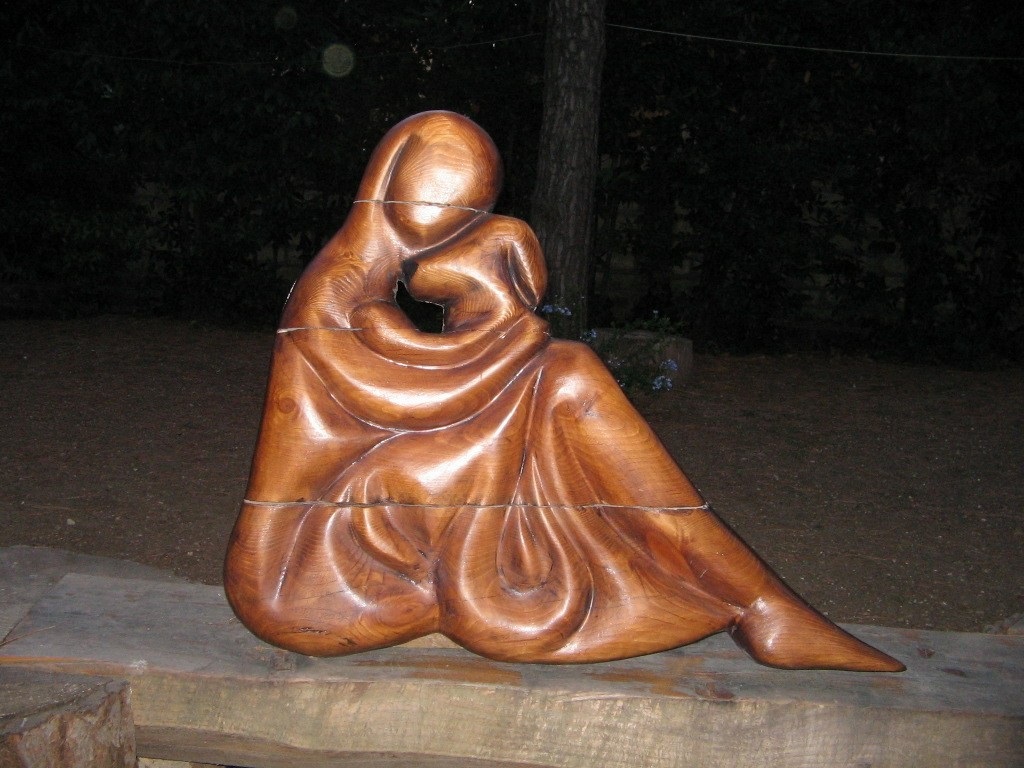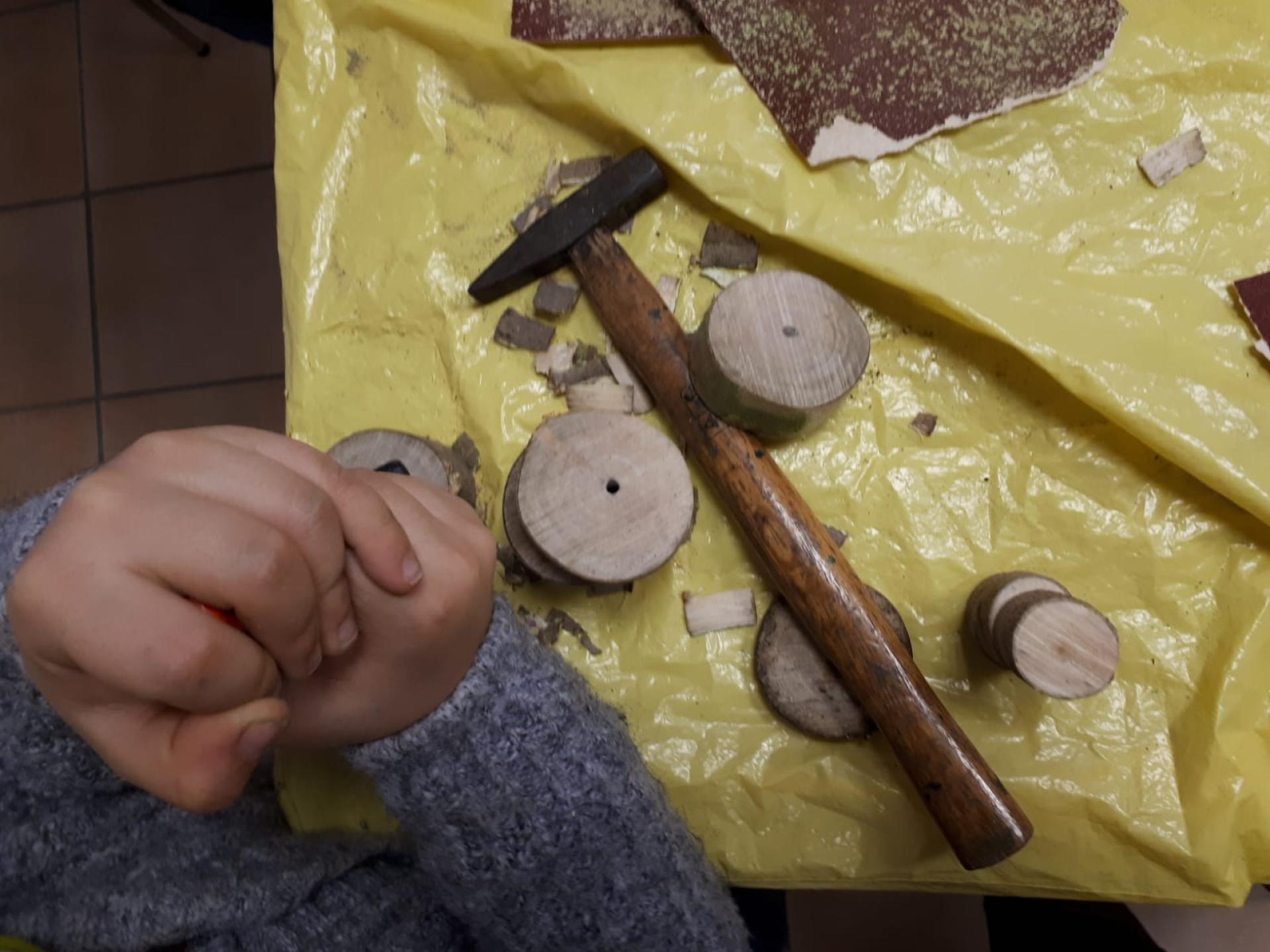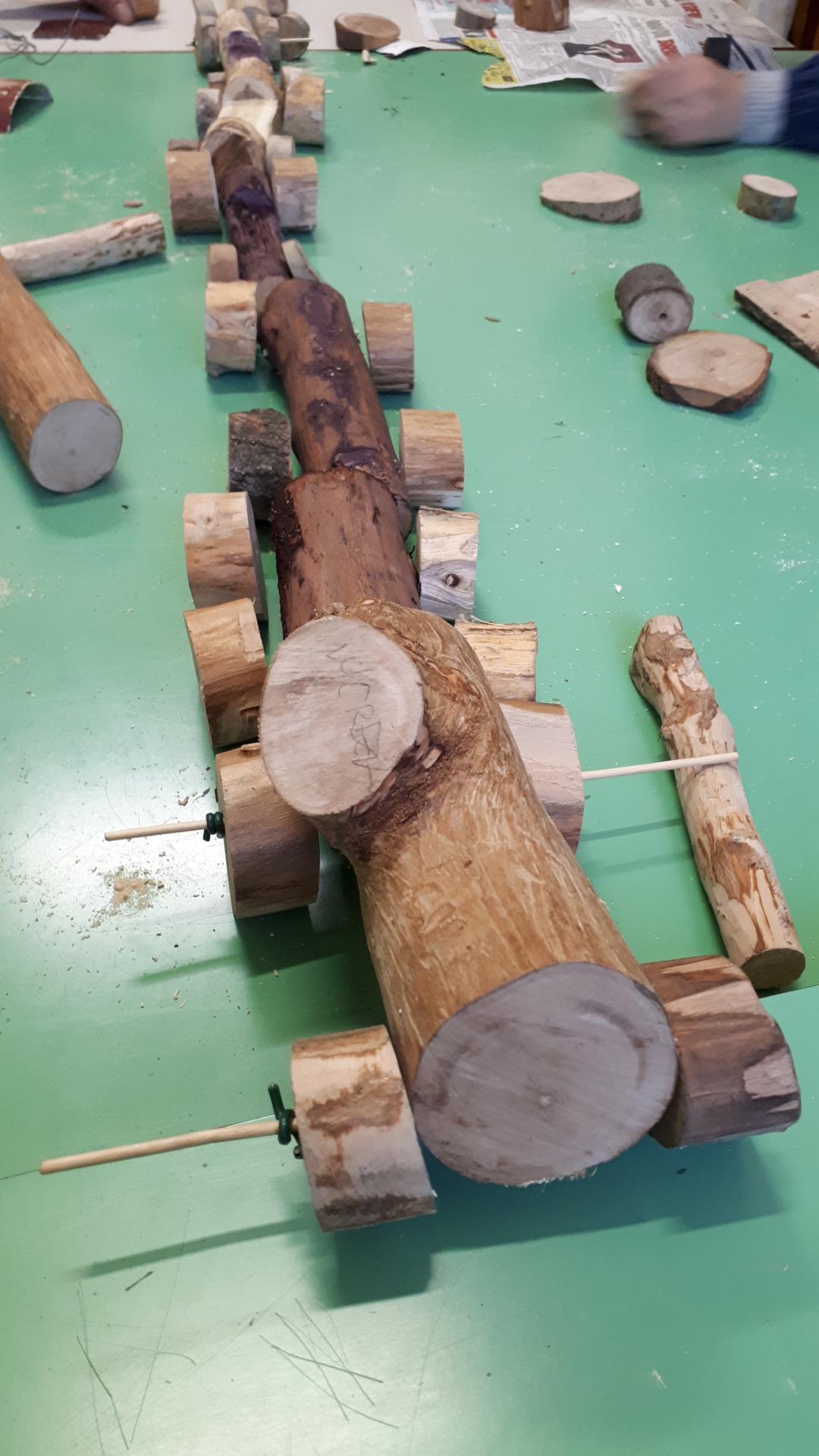Roman Urban Wood economy promotion
Basic information
Project Title
Full project title
Category
Project Description
eWood is made with the Carbon that trees take away from the atmosphere. Using wood preserves Carbon, helping in Climate Change control.Urban wood is necessarily produced in maintenance and renewal. Producing craft and art objects prevents its landfill disposal. Environmental balance is better then with imported wood.New tools are available to work on urban logs.A new economy based on urban wood is rising up. I'd registered a "BRAND": LAR: Legno degli Alberi di Roma. A pilot project shown.
Geographical Scope
Project Region
Urban or rural issues
Physical or other transformations
EU Programme or fund
Which funds
Description of the project
Summary
Develop in Rome, Italy, as a sample for all other cities, the "Urban Wood" cultural, technical and economic environment, adding to the basic opportunities of this new component of the urban forestry world, the following points:
1) The "Legno degli Alberi di Roma" patent (L.A.R.): this certification may add value to each timber product. The idea may be applied to other cities, but also to single relevant parks and gardens.
2) The "individual certification": for each art piece produced, where, origin, names of producers... are stated, but also the Carbon Stock contained in the object is certified.
3) Didactic workshops: use of Urban Wood segments, even of branches... to conduct wood working workshops with young students. A nice opportunity to keep them away from the digital environment for a few hours.
Key objectives for sustainability
Key objectives:
Urban trees management implies the production of huge amounts of wood debris, including logs and branches, with great potentials in manufacturing art and crafts objects, as well as furniture for gardens and interiors.
Smaller branches and small sections are great for didactic manipulation.
The Project aims at demonstrating, in Rome, as well as in other cities, the potentials of this wood production:
-Demonstrate urban wood economy potentials and promote its opportunities within the Urban Forestry, Landscape Architecture, Art, Craft and Educational environments.
-Demonstrate these potentials as garden therapy means.
Enrich the "Urban Wood" North American approach with Italian ideas, such as the "Product Origin Certification", typically utilized in the industry of Wine and other food products.
Evidence the possibility to associate an art or craft object with a "certificate" that states:
-the origin of the wood, as part of needed maintenance processes;
-the subjects involved in its design and realization;
-the amount of Carbon preserved in the object.
Objectives are met with several pilot projects, including, as examples:
-The "Urban Roman Pines Logs Theater" realized in the "Giacomo Leopardi" Primary School in Rome, in 2018.
-Didactic workshops with elementary schools: wood working with branch segments and log tablets. Already realized in several schools of the City.
Key objectives for aesthetics and quality
Solid wood is a very beautiful material.
Solid Timber realized from urban trees may be very beautiful, in fact, even technical defects, such as wood knots, may add to the aesthetic value of the objects. Great opportunities are, then, available in urban wood transformation.
The mentioned idea of a "Certificate" of an object may help to evidence its environmental, social, and aesthetic value.
All other cities may decide to have a local "Brand", such as the "Legno degli Alberi di Roma" already mentioned. The origin certification may apply even at the scale of a single park.
Wood manipulation in didactic workshops is an important educational experience. It may help in providing to the youngsters manual, direct experiences to balance with their life in the digital, virtual, world.
Key objectives for inclusion
Urban wood, in North America, is becoming a new economic sector. Several small and medium enterprises are coming in.
In Europe and in Italy may happen as well, and even better, on the base of the historical value of each urban forest and urban garden.
Small and medium enterprises have great resilience, then may create opportunities for creative artisans and artists.
Designing local realizations in parks implies local citizens participation.
Workshops with youngsters imply families' participation.
Results in relation to category
Urban wood economy may be associated with each of the four categories:
Connect with nature: mainly in wood manipulation work shops and in its positive environmental effects;
Belonging: Wood origin certification (Legno degli Alberi di Roma) may help in people appreciation of their cities' green resources.
Places: Each park or Forest may have its own wood production.
Circular economy: Urban Wood is not wasted, as it is happening now. On the long range, wood import may be reduced. Then, even tropical wood import may be limited, reducing impact on tropical forests.
How Citizens benefit
Each project is, normally, focused through a participatory process.
For instance, within one of our pilot projects: The outdoor class in the Giacomo Leopardi School, all families, teachers and local administration politicians were involved in defining the project and in implementing it.
A group of enthusiastic parents, during implementation ended to be known as: "the Rolling Logs"...
Urban Wood workshops with kids are quite effective in leading the project messages to teachers and families.
In fact, we estimate the Carbon content of each "piece of art" done by participants. Then, they carry them at home.
Often, workshops has been promoted and requested by the "association of the families" of the schools.
Physical or other transformations
Innovative character
Urban trees, in, both, private and public properties need to be managed for security and health reasons, than are pruned and cyclically renewed.
By the time being garden firms pruning or cutting down trees, most o f the time, destroy the wood resource and deposit it in landfills.
Creating an economy of urban forests' wood is an absolute new approach.
Also from the point of view of the wood industry, based mainly on imported wood, this is a new approach and a new opportunity.
Solid urban trees' timber may replace industrial wood and compete with plastic and metal.
Learning transferred to other parties
Each city and town in Developed Countries may have its Urban Wood economy.
In prospective, Developing Countries will have their Urban Forests too. Then, may have an Urban Wood economy as well. It may become quite relevant for these economies.
Urban wood management implies the involvement of different firms:
-Gardening, tree maintenance firms;
-Saw milling firms;
-Design, landscape architecture, art and artisan firms;
-Didactic and therapeutic firms;
-Wood working firms.
......
Typically, in the technical green industry, for each new discipline, local network of involved subjects appear. This is, now, happening also for Urban Wood. In fact, in U.S.A. local networks interested in Urban Wood, such as The "Illinois Urban Wood" are developing.
I am not aware of any similar program in Europe. But this is an important development step.



